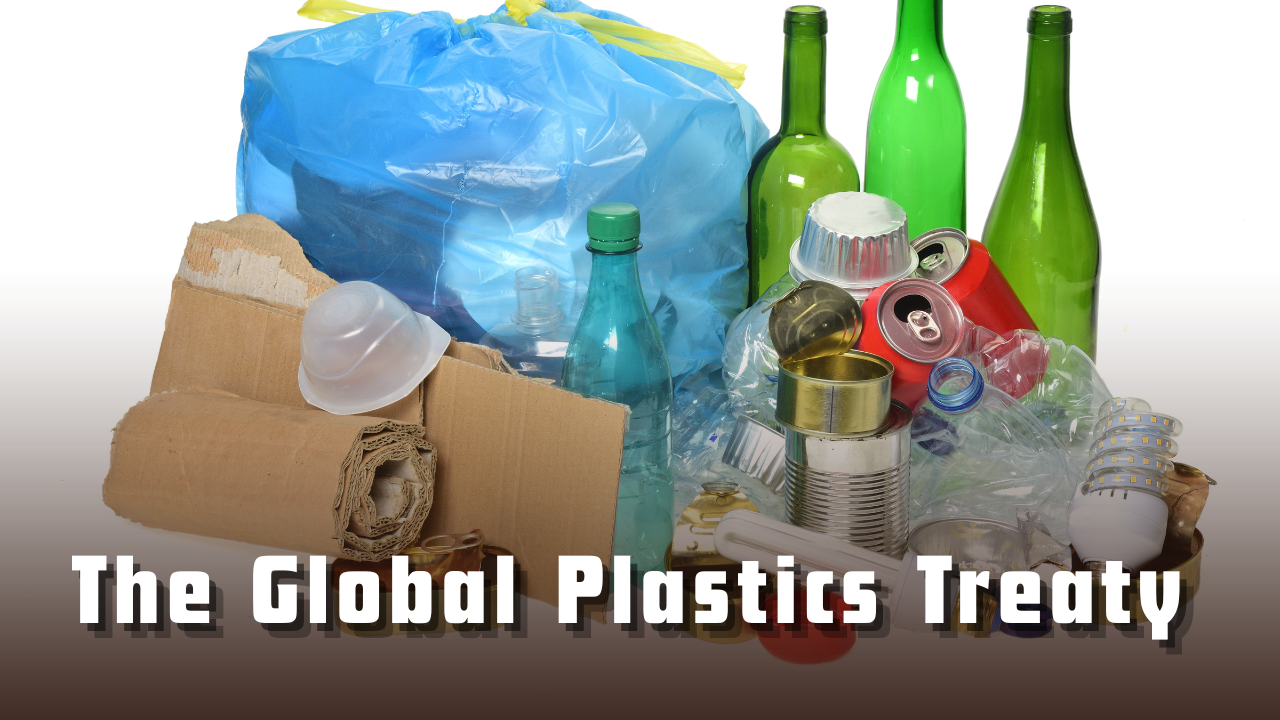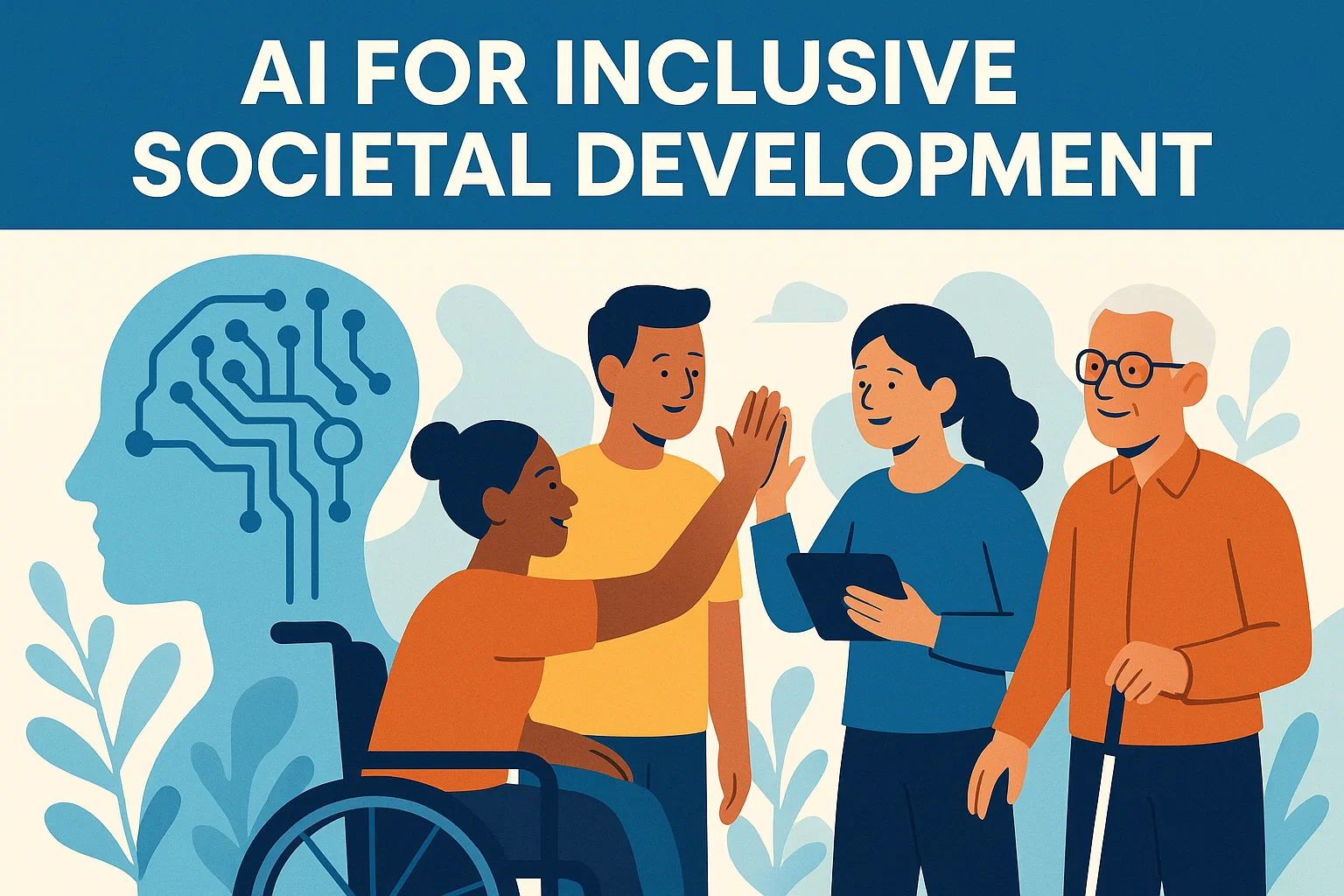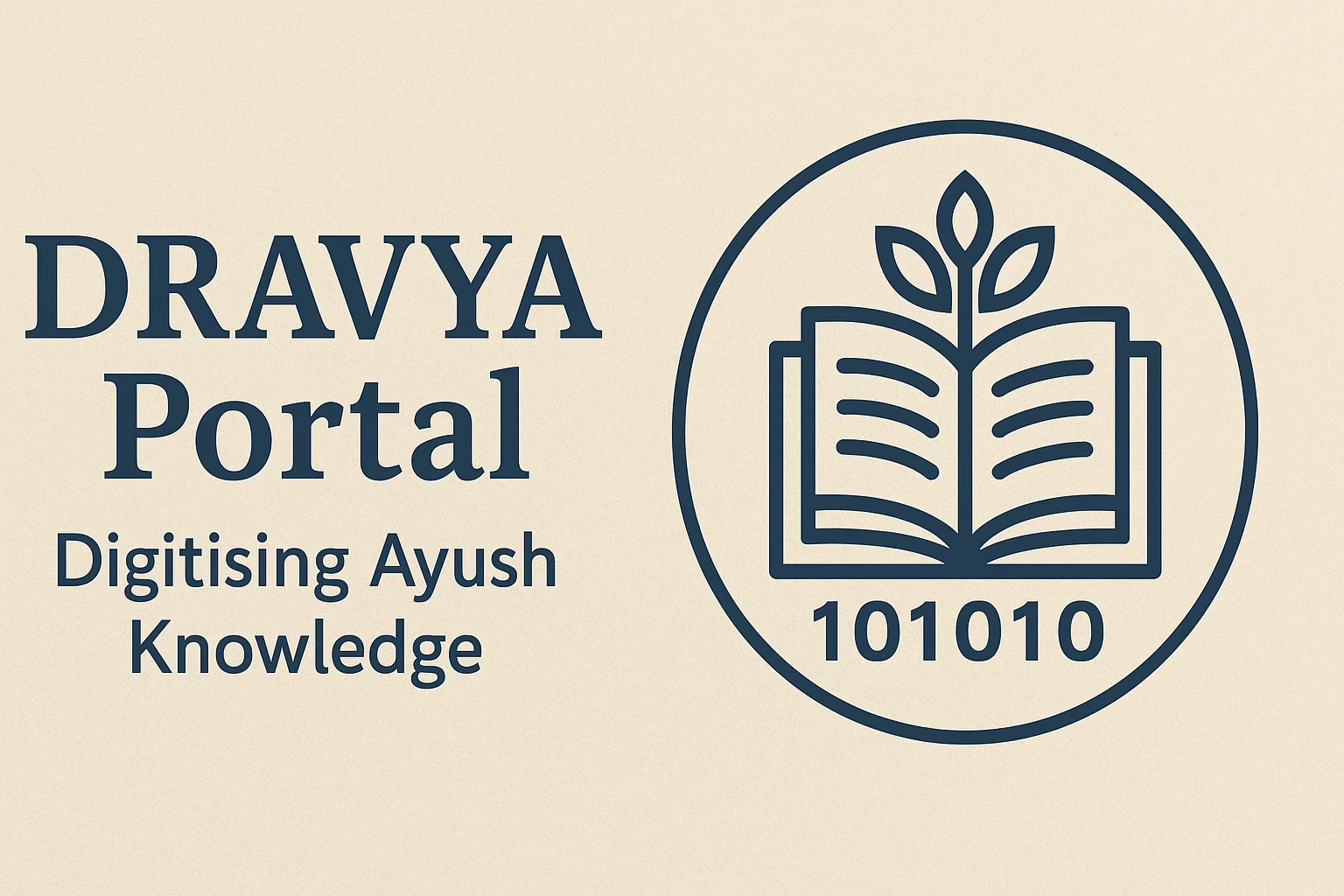Font size:
Print
The Global Plastics Treaty
Plastic pollution talks end in Geneva without agreement
Context: Negotiations on a global plastics treaty in Geneva once again ended without an agreement. Despite 11 days of deliberations, entrenched divisions between high-ambition countries pushing for life-cycle regulation of plastics and oil-producing nations seeking limited commitments on waste management led to the talks being adjourned.
Why are plastics concerning?
- Escalating production: Global plastic production has risen exponentially, with the OECD projecting a 70% increase in production, use, and waste by 2040 under a business-as-usual scenario.
- Environmental persistence: Plastics are non-biodegradable, fragmenting into microplastics and nanoplastics that persist in ecosystems and enter food chains.
- Health impacts: Toxic additives and chemicals of concern in plastics are linked to endocrine disruption, cancers, and developmental disorders.
- Marine and soil pollution: Around 11 million tonnes of plastic enter oceans annually, threatening biodiversity and contaminating soil fertility.
- Carbon footprint: Plastics are fossil fuel-derived; their production, transport, and disposal contribute significantly to greenhouse gas emissions, undermining climate action.
Why is it necessary to frame a Global Plastics Treaty?
- Transboundary nature of pollution: Plastics cross borders through trade, rivers, and oceans, necessitating a global cooperative response.
- Life-cycle regulation: Current measures focus only on waste management, whereas sustainable solutions require addressing the entire chain—production, design, use, and disposal.
- Level playing field: A treaty can prevent “pollution havens” by ensuring common global standards rather than fragmented national rules.
- Health and human rights: A legally binding instrument would protect communities disproportionately affected by toxic exposure and waste dumping.
- UN mandate: In 2022, the United Nations Environment Assembly (UNEA) resolved to negotiate a legally binding treaty, recognising the urgency of coordinated global action.
What steps have been taken in India to curb the consumption of plastics?
- Ban on Single-Use Plastics (2022): Prohibition of 19 categories of low-utility and high-litter plastic items such as straws, cutlery, and packaging films.
- Plastic Waste Management Rules (2016, amended 2022): Introduced Extended Producer Responsibility (EPR), making producers and brand owners accountable for the collection and recycling of plastic waste.
- EPR Credits & Recycling Targets: Producers must meet phased recycling targets and use recycled plastic in packaging, pushing circular economy practices.
- Awareness Campaigns: Initiatives like Swachh Bharat Abhiyan and mass clean-up drives target behavioural change against littering.
- Technological innovations: Promotion of biodegradable alternatives, compostable plastics, and recycling start-ups through public-private collaboration.
State-level actions: Several states (e.g., Maharashtra, Tamil Nadu, Himachal Pradesh) have imposed strict bans on plastic carry bags and packaging.
Subscribe to our Youtube Channel for more Valuable Content – TheStudyias
Download the App to Subscribe to our Courses – Thestudyias
The Source’s Authority and Ownership of the Article is Claimed By THE STUDY IAS BY MANIKANT SINGH





